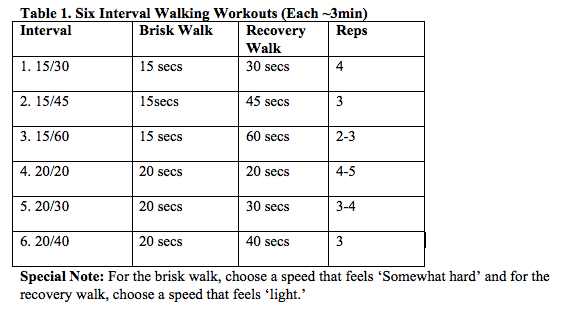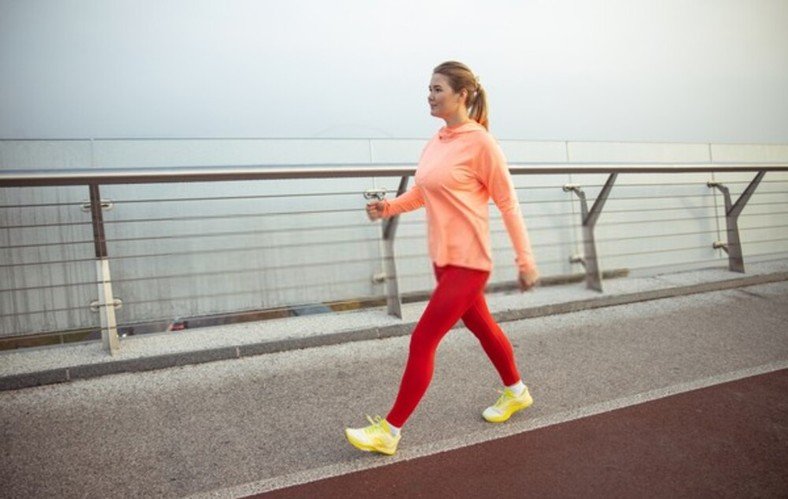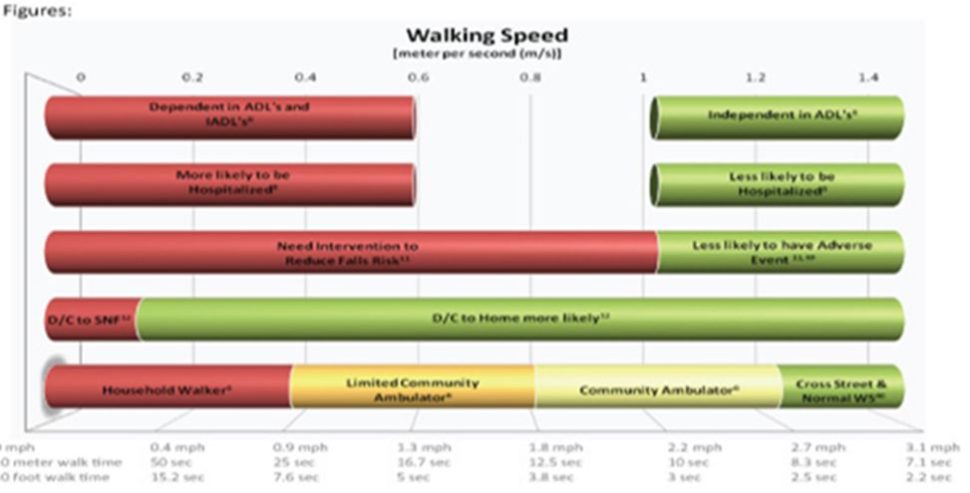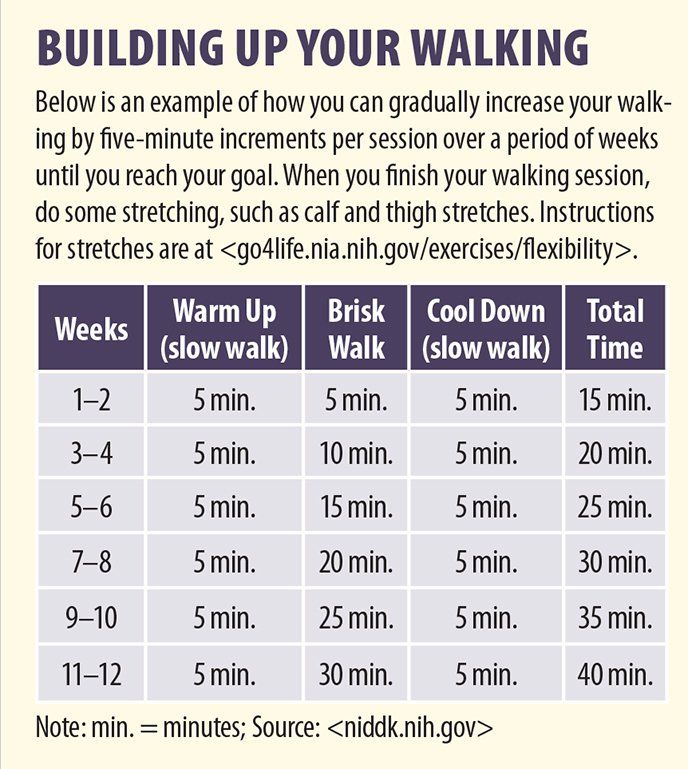What is a Normal Walking Speed?
Normal walking speed varies among individuals, influenced by factors such as age, fitness level, and terrain. According to research, the average walking speed for adults is approximately 5 km/h, while older adults may have a slower pace around 4 km/h. However, these values can change depending on the person’s overall health, physical condition, and walking environment. It is essential to understand that a healthy walking speed is subjective and should be based on an individual’s unique circumstances.
How to Measure Your Walking Speed Accurately
Measuring walking speed accurately is essential for tracking progress and setting realistic goals. Various methods and tools are available to help you determine your walking speed in km/h. Here are some of the most common techniques:
- Mobile apps: Many smartphone apps can measure walking speed using GPS technology. These apps typically require you to walk a specific distance, such as 400 meters, while tracking your time and calculating your average speed.
- Wearable devices: Fitness trackers, smartwatches, and pedometers often include features that measure walking speed. These devices can track your steps, distance, and time, allowing you to calculate your speed manually or automatically.
- Manual timing techniques: You can measure your walking speed using a stopwatch and a marked distance, such as a 20-meter or 400-meter track. Start the stopwatch as you begin walking and stop it when you reach the end of the marked distance. Calculate your speed by dividing the distance (in meters) by the time (in seconds) and multiplying the result by 3.6 (to convert meters per second to km/h).
Regardless of the method you choose, aim to measure your walking speed consistently and under similar conditions to track your progress effectively.
The Benefits of Increasing Your Walking Speed
Improving your walking speed offers numerous advantages, including enhanced fitness, reduced risk of chronic diseases, and increased mobility. Here are some of the key benefits of increasing your walking speed in km/h:
- Enhanced fitness: Faster walking can help improve cardiovascular fitness, muscle strength, and endurance. As your walking speed increases, your body works harder to meet the increased demand for oxygen and energy, leading to improved overall fitness.
- Reduced risk of chronic diseases: Regular walking at a brisk pace has been shown to lower the risk of various chronic diseases, such as heart disease, diabetes, and stroke. Faster walking can further enhance these benefits, as it increases the intensity and duration of your exercise.
- Increased mobility: A faster walking speed can improve your mobility and independence, making daily activities, such as shopping, commuting, and housework, more manageable. Faster walking can also help you navigate busy streets and public spaces more efficiently.
- Positive impact on daily life: Increasing your walking speed can positively affect your daily activities and overall quality of life. Faster walking can save time, reduce stress, and provide a sense of accomplishment, leading to improved mental well-being and overall satisfaction.
By incorporating techniques to improve walking speed, individuals can enjoy these benefits and maintain a healthy, active lifestyle.
Factors That Affect Walking Speed
Various factors can influence an individual’s walking speed in km/h, including age, fitness level, body composition, and environmental conditions. Understanding these factors can help you optimize your walking routine and achieve a healthier walking speed.
- Age: Age is a significant factor affecting walking speed. As people age, their walking speed tends to decrease due to physiological changes, such as muscle loss, reduced flexibility, and balance issues. However, regular exercise and strength training can help slow down the decline in walking speed.
- Fitness level: A higher fitness level generally correlates with a faster walking speed. Regular exercise, such as walking, running, or strength training, can improve cardiovascular fitness, muscle strength, and flexibility, leading to an increased walking speed.
- Body composition: Body composition, including muscle mass, fat distribution, and overall weight, can impact walking speed. Individuals with a higher muscle mass and lower body fat percentage typically have a faster walking speed than those with lower muscle mass and higher body fat.
- Environmental conditions: Walking speed can also be influenced by environmental factors, such as terrain, weather, and footwear. Walking on uneven surfaces, uphill, or in adverse weather conditions can slow down walking speed, while proper footwear can enhance stability and efficiency, leading to a faster walking speed.
By considering these factors, individuals can develop a personalized walking routine that addresses their unique needs and optimizes their walking speed.
Training Techniques to Improve Walking Speed
Improving your walking speed requires consistent practice and the application of specific training techniques. Here are some practical methods and exercises to help you increase your walking speed in a safe and effective manner:
- Interval training: Incorporate interval training into your walking routine by alternating between periods of fast walking and recovery walks. For example, walk as fast as possible for 30 seconds, followed by a slower walk for 1-2 minutes to recover. Repeat this pattern for 10-20 minutes, gradually increasing the duration and intensity of your fast walking intervals over time.
- Hill walking: Walking uphill can help increase your walking speed by improving leg strength, power, and cardiovascular fitness. Find a nearby hill and walk up it at a brisk pace, focusing on maintaining good form and posture. Gradually increase the incline and distance of your hill walks as your fitness level improves.
- Strength exercises: Strengthening your lower body muscles, such as the quadriceps, hamstrings, and glutes, can contribute to a faster walking speed. Incorporate exercises like squats, lunges, calf raises, and deadlifts into your fitness routine, performing 2-3 sets of 8-12 repetitions, 2-3 times per week.
When implementing these training techniques, always prioritize proper form and progression. Gradually increase the intensity and duration of your workouts, allowing your body time to adapt and avoid injury. Remember to consult with a healthcare professional or fitness expert before starting any new exercise program.
Walking Speed and Health: A Closer Look
Numerous studies have demonstrated the connection between walking speed and various health outcomes, such as cardiovascular fitness, cognitive function, and longevity. Maintaining a healthy walking speed can contribute to overall well-being and improved quality of life.
- Cardiovascular fitness: Research has shown that faster walking speeds are associated with better cardiovascular fitness. A study published in the British Journal of Sports Medicine found that individuals who walked at a brisk pace (at least 5.6 km/h for men and 4.8 km/h for women) had a lower risk of cardiovascular disease compared to those who walked at a slower pace.
- Cognitive function: A faster walking speed has also been linked to better cognitive function in older adults. A study in the Journal of Aging and Physical Activity revealed that older adults who walked faster had better executive function, processing speed, and memory compared to their slower-walking counterparts.
- Longevity: A higher walking speed has been associated with increased longevity. A study in the Journal of the American Medical Association found that older adults who walked at a pace of 3.2 km/h or faster had a lower risk of mortality compared to those who walked slower.
By maintaining a healthy walking speed, individuals can contribute to their overall health and well-being, as well as potentially reduce the risk of various chronic diseases and conditions.
Setting Realistic Walking Speed Goals
Setting achievable walking speed goals is crucial for long-term success and motivation. By taking into account your current fitness level, health status, and personal preferences, you can establish realistic and attainable objectives for improving your walking speed.
- Assess your current fitness level: Begin by measuring your current walking speed using mobile apps, wearable devices, or manual timing techniques. This baseline measurement will help you determine a realistic starting point and track your progress over time.
- Consider your health status: If you have any pre-existing health conditions, consult with your healthcare provider before setting any walking speed goals. They can provide guidance on safe exercise intensity levels and any necessary precautions.
- Set SMART goals: Create Specific, Measurable, Achievable, Relevant, and Time-bound (SMART) goals for your walking speed. For example, aim to increase your walking speed by 0.2 km/h every two weeks for the next two months.
- Track your progress: Regularly monitor your walking speed to assess your progress and make adjustments as needed. Celebrate your achievements and use any setbacks as opportunities for learning and growth.
- Stay motivated: Surround yourself with supportive individuals who share your fitness goals, and find creative ways to keep your walking routine engaging and enjoyable. Consider joining a local walking group, exploring new routes, or incorporating music or podcasts into your walks.
By setting realistic walking speed goals and following these tips, you can work towards achieving a healthier and faster walking speed over time.
Maintaining a Healthy Walking Speed Over Time
Achieving a faster walking speed is a rewarding goal, but maintaining this improvement over time is equally important. By incorporating cross-training, injury prevention strategies, and social support into your fitness routine, you can sustain a healthy walking speed and continue reaping the benefits of improved fitness and mobility.
- Cross-train: Engage in various forms of exercise, such as swimming, cycling, or yoga, to improve overall fitness and reduce the risk of injury. Cross-training can help prevent overuse injuries and keep your workout routine interesting and engaging.
- Prioritize injury prevention: Proper form, footwear, and stretching are crucial for maintaining a healthy walking speed. Wear comfortable, supportive shoes, and perform dynamic stretches before walking to prepare your muscles for exercise. Incorporate static stretches after your walk to cool down and improve flexibility.
- Stay consistent: Consistency is key to maintaining a healthy walking speed. Aim to walk regularly, ideally at least three to five times per week, to ensure that your body adapts to the increased walking speed and maintains this improvement over time.
- Emphasize patience and self-care: Improving and maintaining a faster walking speed takes time and dedication. Be patient with your progress, and remember to prioritize self-care, rest, and recovery. Listen to your body, and adjust your walking routine as needed to avoid burnout or injury.
- Seek social support: Surround yourself with supportive individuals who share your fitness goals. Join a local walking group, attend fitness classes, or enlist the help of a personal trainer to stay motivated and accountable. Social support can help you maintain a healthy walking speed and foster a lifelong love of exercise and fitness.
By following these strategies, you can sustain a healthy walking speed as part of a long-term fitness routine, ensuring continued progress and overall well-being.








